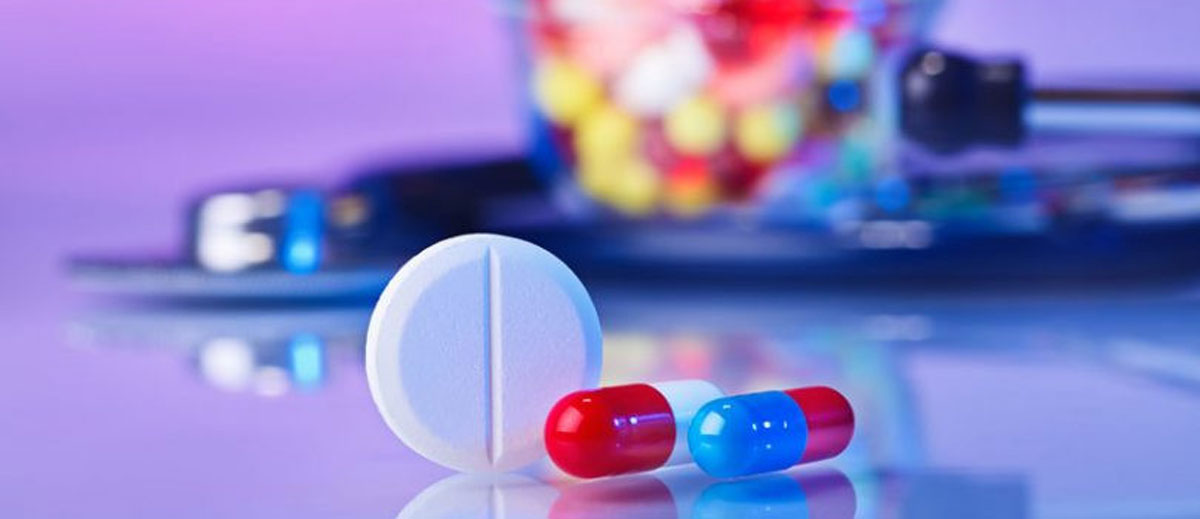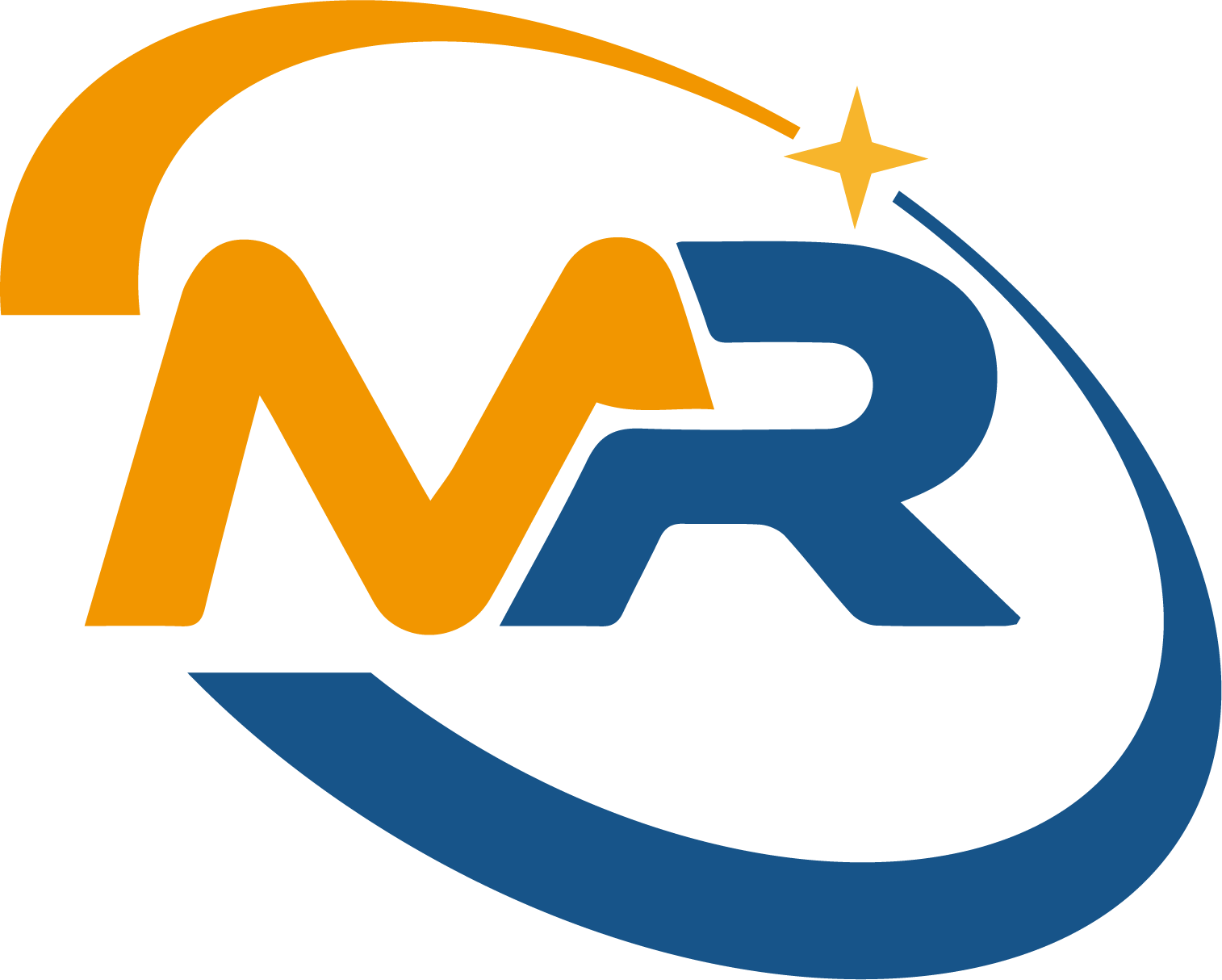
API
API (Active Pharmaceutical Ingredient) means the active ingredient which is contained in medicine. For example, an active ingredient to relieve pain is included in a painkiller. This is called API. A small amount of the active ingredient has an effect, so only a tiny part of the active ingredient is contained in medicine. You will find the name and amount of the active ingredient contained in the medicine on the package of OTC (over-the-counter) drugs.
How APIs are made?
API and raw material are often confused due to the similar usage of the two terms. What is the difference? Raw material refers to chemical compounds that are used as a base to make an API. We purchase the raw materials from raw material or chemical product manufacturers both in Japan and internationally. When using the raw materials, as an API manufacturer we produce API in the large reactor in our plant. The API is not made by only one reaction from the raw materials but rather it becomes an API via several chemical compounds. The chemical compound which is in the process of becoming an API from a raw material is called an intermediate. Among the APIs we produce, there is an API which passes through over ten kinds of intermediates in a process when it changes from being a raw material into an API. After this long manufacturing process, it is purified until it reaches a very high degree of purity and finally becomes an API.

From API to patient
We manufacture APIs and drug manufacturers make medicines from APIs. In addition to APIs, a variety of pharmaceutical excipients are contained in the medicine. Drug manufacturers make medicines by mixing APIs and pharmaceutical excipients. This is how an API becomes a medicine. It is delivered to hospitals and pharmacies until it reaches the patient. If an API is not ultrapure, a medicine cannot meet the strict quality criteria so the quality of an API plays a very important role.
Post time: Nov-01-2022
